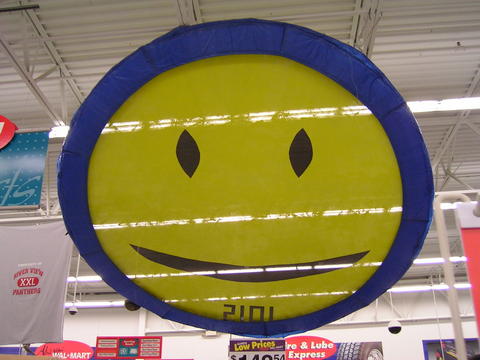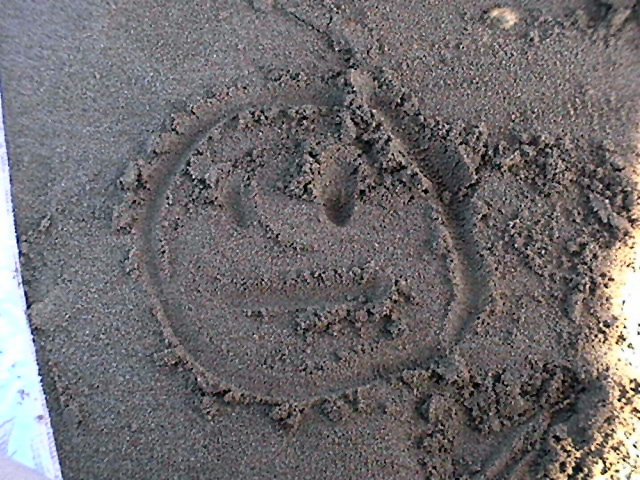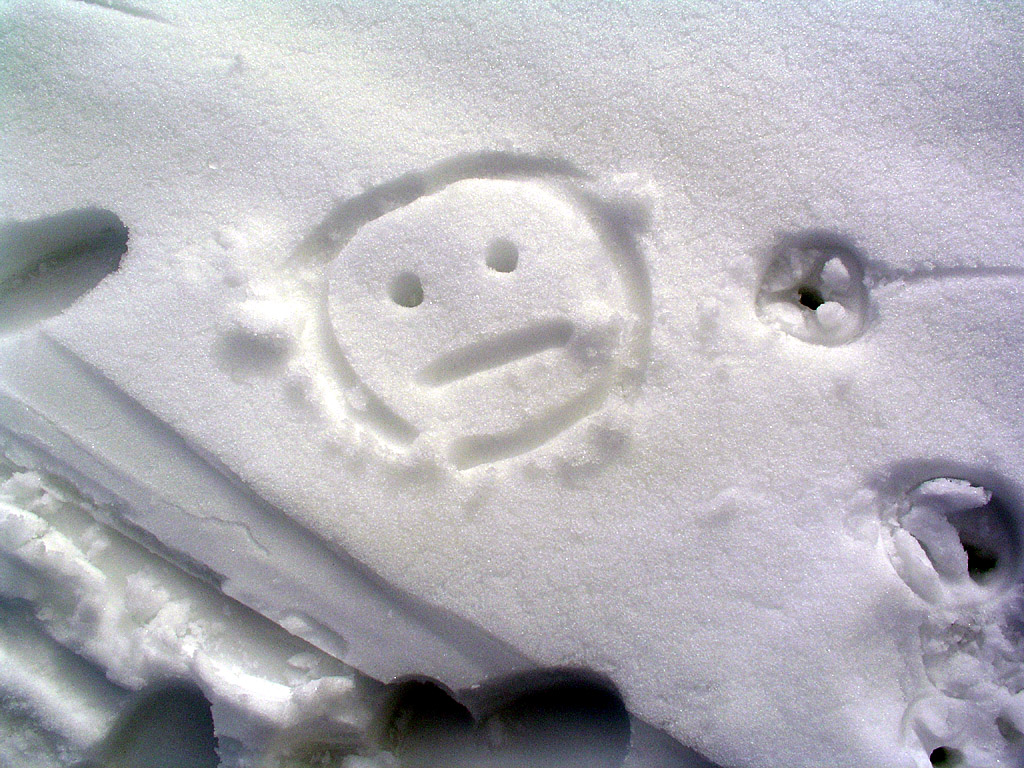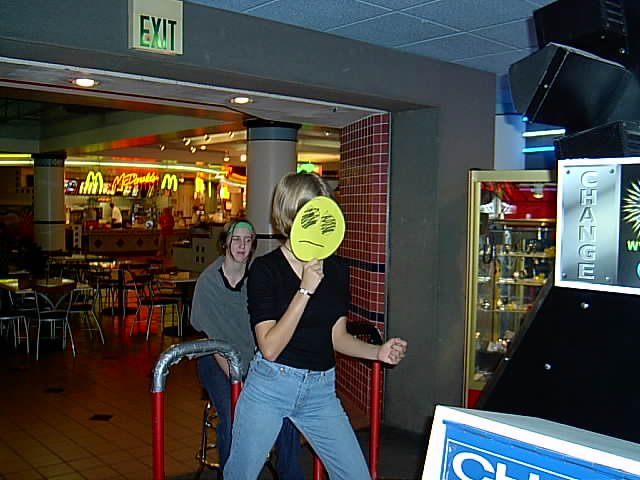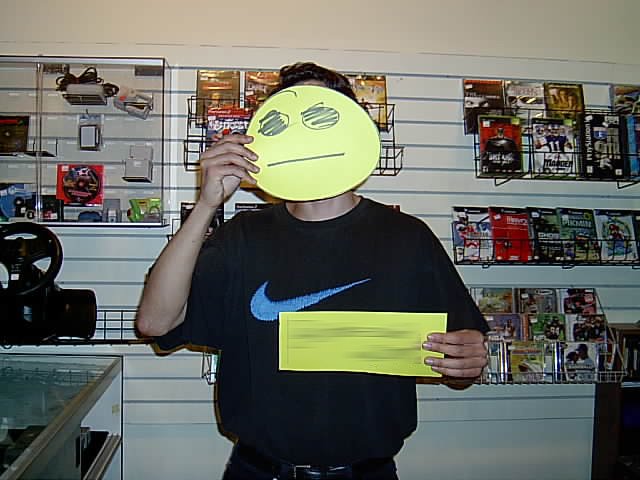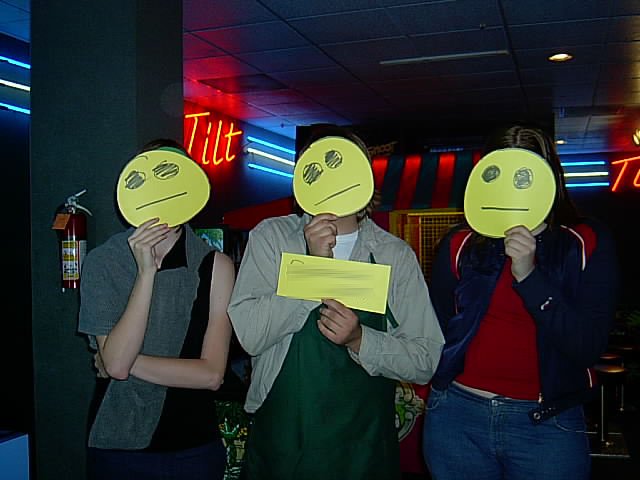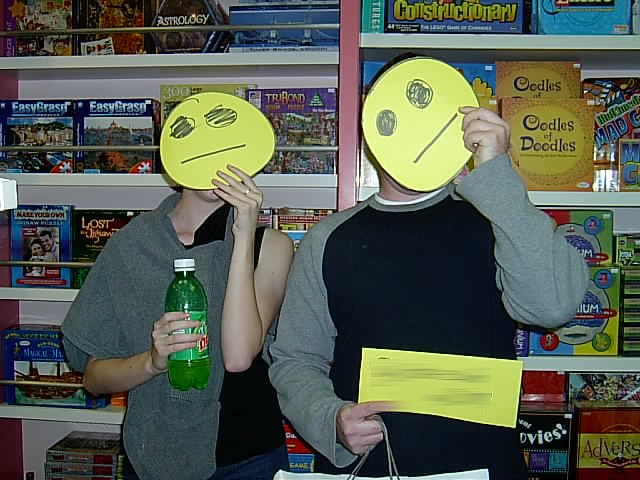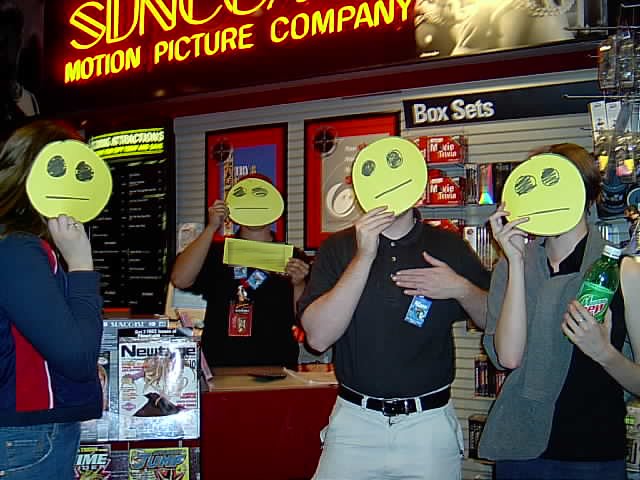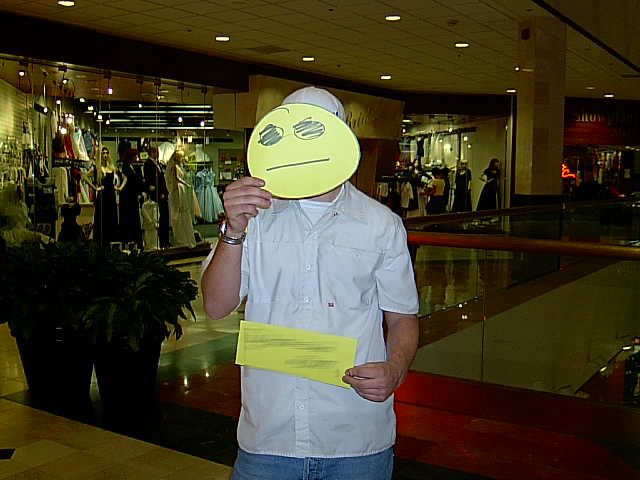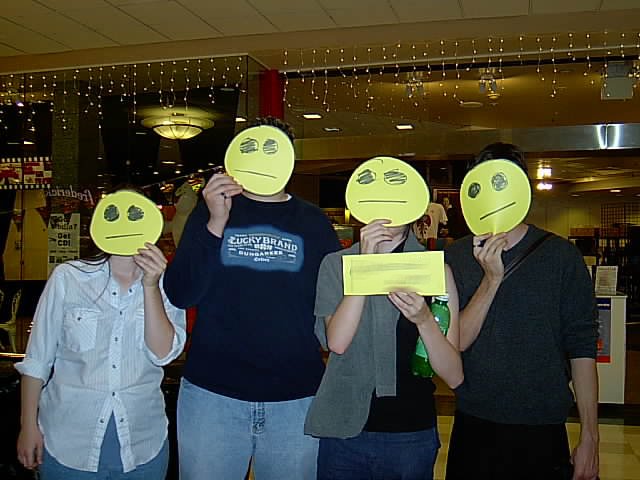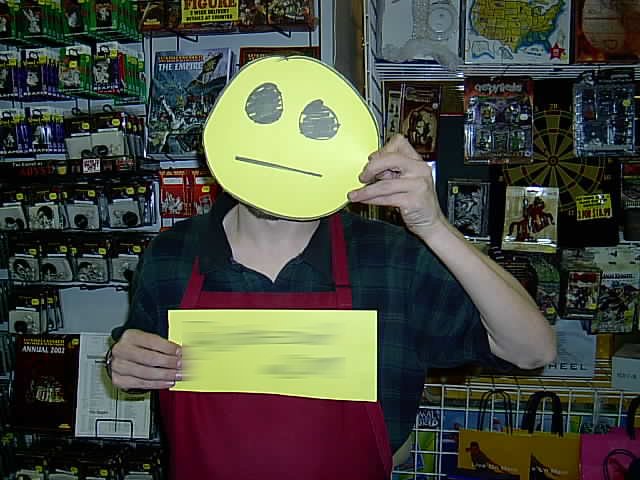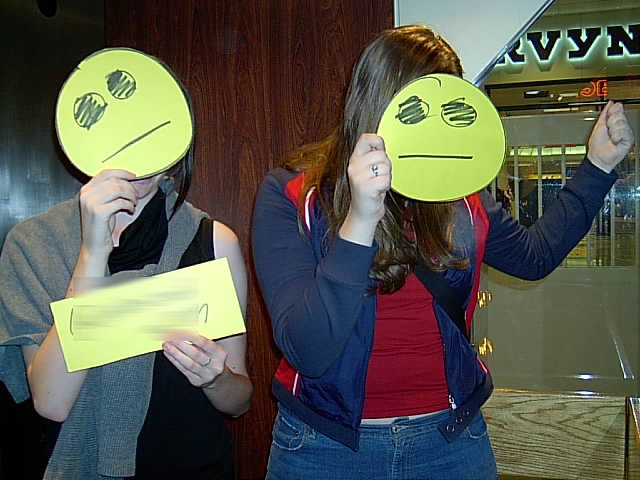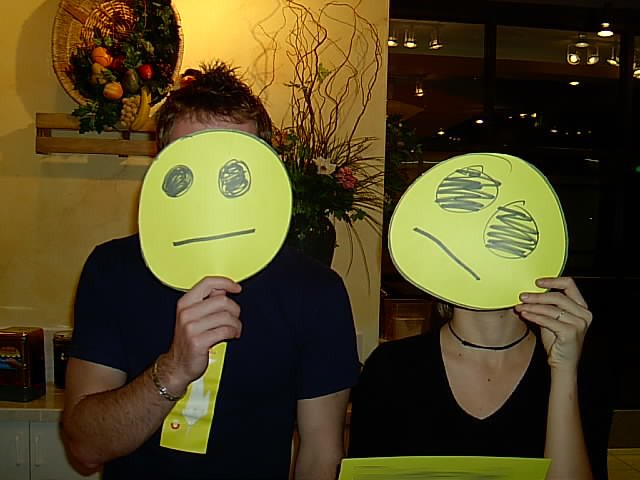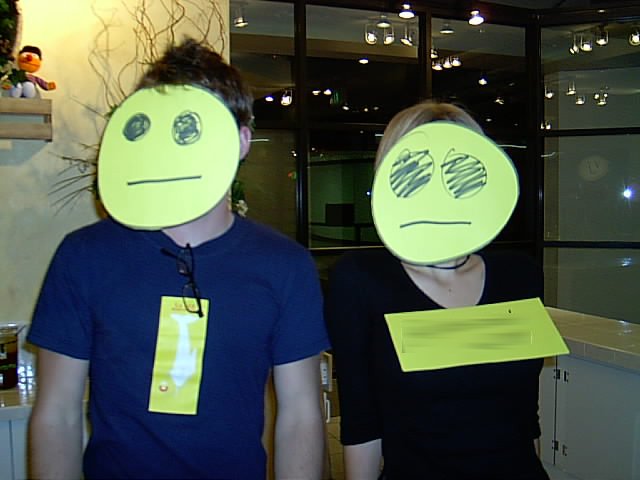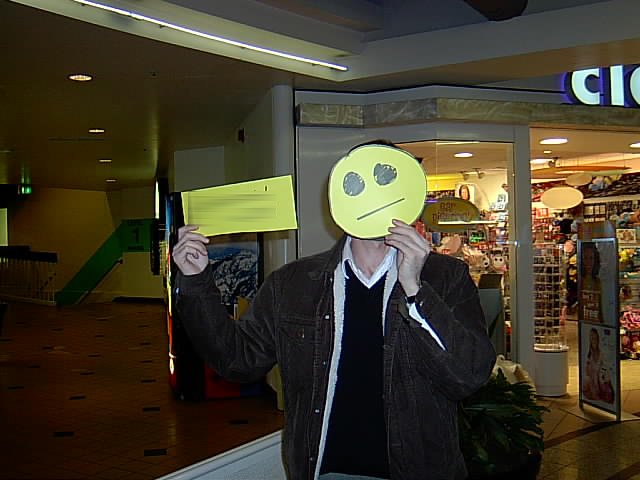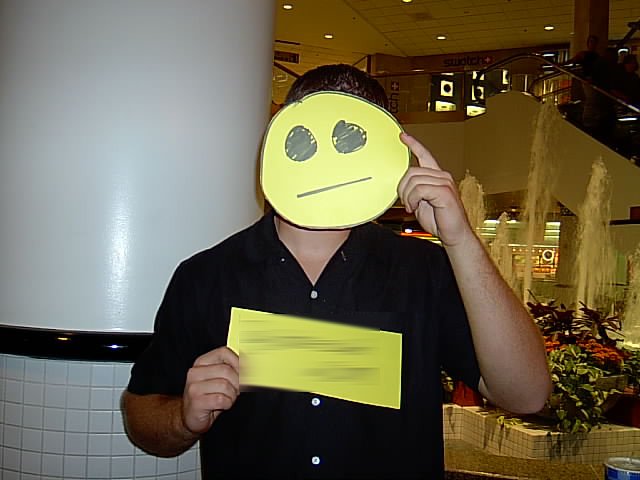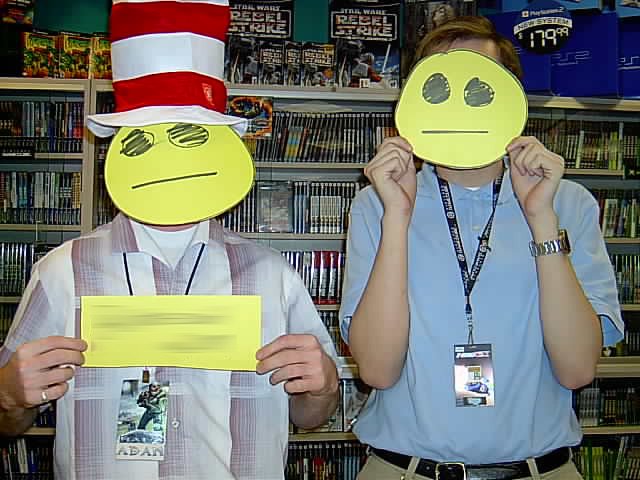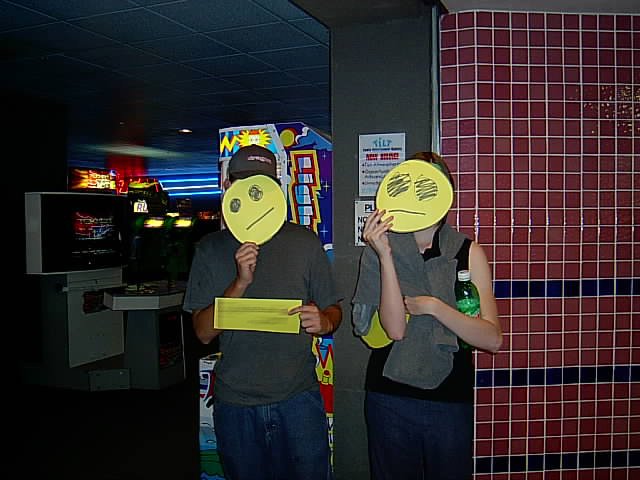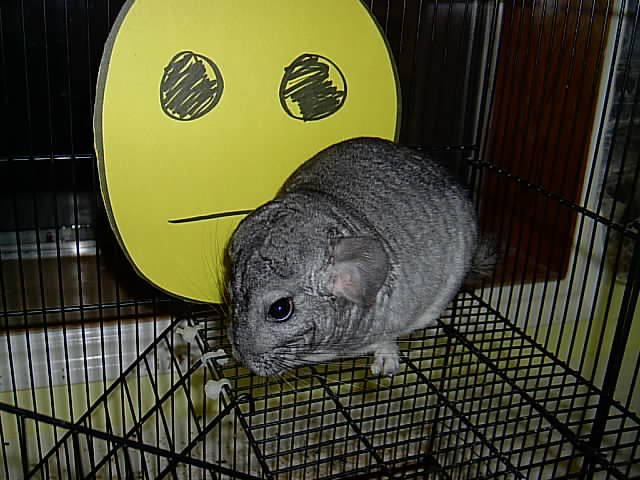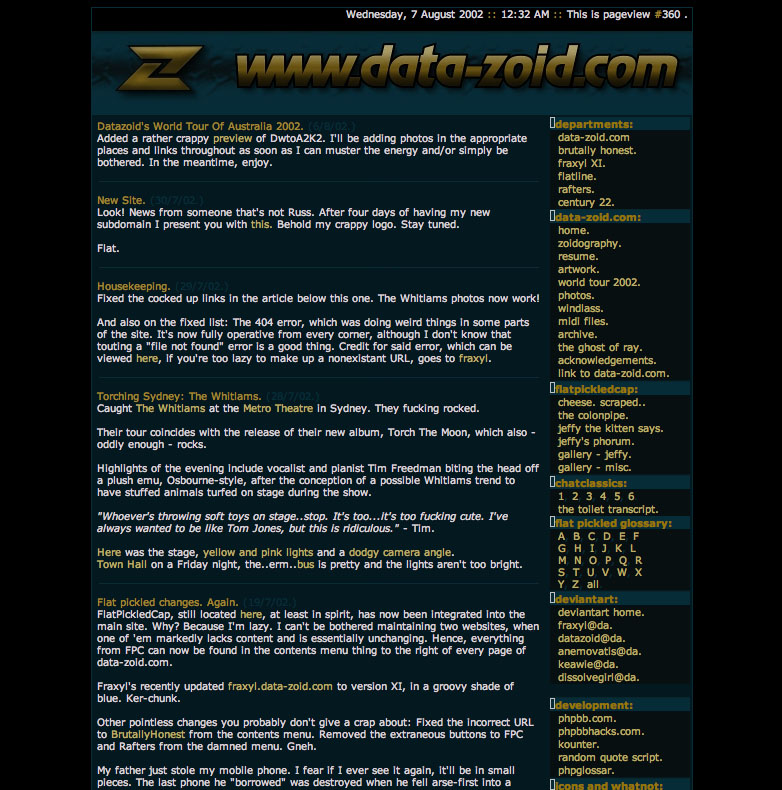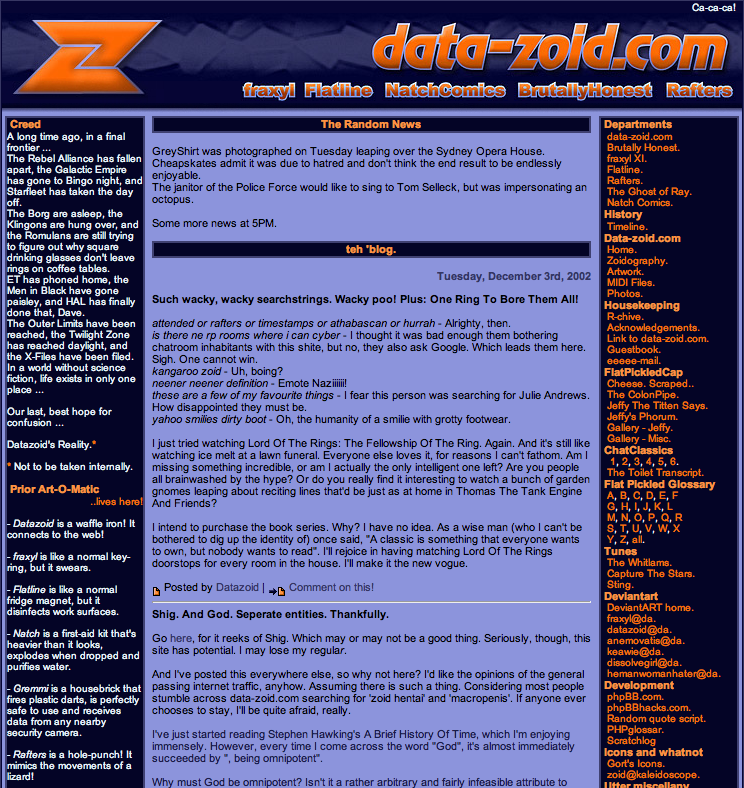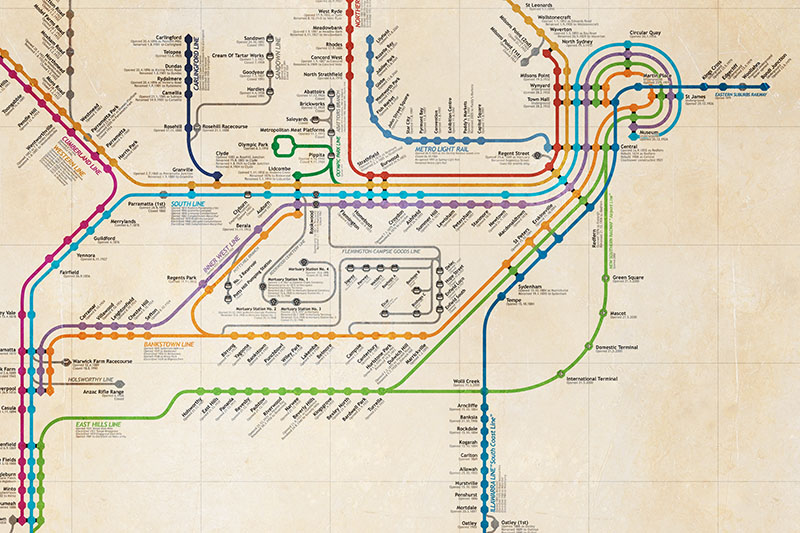Why Australians can't act
It's come to my attention, from watching movies and television, that Australian actors...can't. This is not an observation targeted toward specific actors, it's a gross generalisation that applies to all of them. Even the best Australian actors tend to perform jarringly, unnaturally and in contrast to their British and American counterparts, just plain badly. This has become rather lengthy, so I'm going to put a lead break in it. You'll need to click "read more" to, uh, read more.*
* Unless you came directly to this page, in which case these paragraphs are just here to confuse you. Confused? Good.
Rather than structure this as an essay, I'm going to present a bunch of observations, then a bunch of extrapolations, reasonings and inferences based on those observations. Some of this might be a bit vague (or, in contrast, way too specific), so bear with me whilst I organise my thoughts.
- First up, let me make it clear that I don't have a problem with Australian films, Australian actors or Australian television programs. This is an observation based on all Australian actors, with no total exceptions that I'm aware of at this moment.
- It's not an accent problem. While it's well known that the Australian accent is difficult to imitate for outsiders, which I don't dispute, I'm concentrating largely on Australian native actors, here.
- Having said that, this same phenomenon also applies, largely, to actors from other Antipodes-esque locales, specifically New Zealand and South Africa.
- Although there's another corollary to the same point: If you take an Australian actor and put them in the role of an American character (as happens with monotonous regularity), provided none of their original accent peeks through, they are as good as any American actor. Even a bad one. So, this leaves us with the distinction that the issue lies entirely with casting Australian actors as Australian characters, usually (but not exclusively) in Australian films.
- Australian actors cannot act in US productions. When placed alongside American actors, Australians come across as unnatural, artificial characters with phoney accents that do not fit into the universe of films at all. While I'm perfectly able to watch a production with an ensemble cast made up of American, British, French, German, etc actors, throwing a single Australian into the mix is always, without fail, noticably painful.
- Even in home-grown Australian productions, the acting quality is false and noticable. While I'm the first to admit that Australia has a relatively small film and television oeuvre in comparison to other nations' film industries (more on that later), the bizarrely bad acting appears to be an across-the-board problem, from the likes of Home and Away to full-length motion pictures.
- We've gotten worse as time has passed. Older Australian movies, such as those prior to the 1960s, tend to have less noticable bad acting. I have a suspicion that this is a result of Australians behaving (and speaking, particularly in a film'n'theatre environment) in a much more 'British' fashion.
Theories:
- American and British films and television shows are dilute. There're thousands of them. There's a vast abundance of bad to go with the good, and you don't have to look far to find it. The "average" water mark in cinema and television outside of Australia is not a high one. I believe the result of this is that average-to-bad actors in the US and UK are, statistically, the norm, and their behaviour on-screen has become expected and accepted. When a "bad" American or British actor appears in a high-quality production, their appearance isn't necessarily noticeable as a bad performance because they're still conforming to the expectations of the audience. Australian films and television productions, by contrast, are not at all as abundant. You could count them, if you had a weekend to spare. An Australian film is immediately compared against all other Australian films, and the comparison is fair. The average water mark is not a gigantic amorphous blob of facelessly beige film that everyone's seen but no one remembers. The average Australian film is just that -- an average film. You saw it, you remember it, you can judge the next one against it. I believe this contributes to the "Australians can't act" phenomenon greatly. Until the Australian film industry produces enough product to map out a smooth bell curve of expected acting behaviour, the highs and lows are going to continue to stand out like neon lights.
- The US and UK film industries have, over the decades, built up an established "stylised" version of their worlds, which have become accepted by the moviegoing audience. Everyone knows that the real USA is not like the USA of the movies. Everyone accepts that what you see in a film is stylised and warped for convenience, tweaked for storytelling and stretched to meet the moviegoer's expectations. Australia doesn't really have a stylised version of itself. Audiences watching a film with Australian actors can only compare it against the Australia of real life, and it will always fall short. If an Australian film tries to use the stylised universe of the US or the UK, it will fail, because Australia is not those places, and Australian characters do not behave as American or British characters would in those situations.
- The stylised version of Britain seems to be based around a combination of theatrical acting and cobblestone streets, but regardless, it's established, and it works. Suspension of disbelief is achieved. No one questions it.
- Having just said that there's no established stylised version of Australia, I need to backtrack enthusiastically and correct myself: There is a stylised version of Australia that appears in film and television. We just don't like it. Australia, both internally and internationally, has a tendency to be represented on television as a stereotype of itself, with enormous sheep farms, dusty deserts and backwater hicks that talk like they've not had a single day of schooling. While these things in themselves are certainly extant in Australia, they do not form a picture of the day-to-day life of the average Australian citizen, nor do they represent the average Australian's ideal of their country. I suspect this aspect of Australia as shown on the silver screen (and the idiot box) is a detriment to the suspension of disbelief required to put stock in a production's characters and the actors that portray them.
- The Australian film and television industries, as you'd expect, reside largely in the country's major cities. If an Australian film is set in the country, as many of them are (see above, it's the done thing for representing "Australia", remember), the actors that portray the country characters are invariably actors who were born and raised in the city. Australia prides itself -- falsely -- on not having much variation in accent. There's not a huge difference between the speech of someone from Perth vs. someone from Sydney. But there is a difference. There's also a difference between the speech of someone from Sydney's inner suburbs to someone from Sydney's west. There's considerable regional variation. If memory serves, Australia has three distinct accent classifications: urban, rural and high. Urban is the voice of the people of Australia's cities. Rural is the open-mouthed drawl of the folks from the country. High is the "posh" accent ascribed to the likes of Alexander Downer. Australian actors born and raised in the city thrown into a production set in the country have a tendency to be jarring, possibly because they didn't consider the need to study and alter their accent. Maybe this is overlooked because of the acceptance of regional diversity in accents in other countries -- it's not unusual to find someone with a New York accent in Los Angeles in an American film, and it doesn't require explanation or clarification. In Australia, however, someone from the city in a dusty outback town requires acknowledgement, or the viewer will subconsciously be aware that something is "wrong" with the character's behaviour. Worse than this, though, are actors born and raised in the city who choose to imitate country behaviour. While this is just flat-out bad acting, it's an example of overcompensation for something ending in disastrous results.
I'm going to finish these thoughts by again reiterating that I have no qualms with Australian actors or films. This is just an observation about believability, and it's something based entirely on the quantity of productions we have to sample for Australian actors, I'm beginning to believe. If the time ever comes that the pile of Australian productions is the same height as the pile of American and British productions, then I believe the quality of Australian acting will equalise, but until such a time, I suspect that many Australian viewers will continue to cringe whenever someone with an Australian accent makes an appearance, especially in a production from the US or the UK.
As an entirely unconnected thought, here's a strange little fact: There has never ever been an Australian character in the Star Trek franchise. There've been Australian actors -- Wendy Hughes, for example, appeared as Jean-Luc Picard's love interest in Star Trek: TNG -- but they've always appeared with an American accent. Food for thought, perhaps.
As a final addendum, here's a random video from the YouTube channel Veritasium, in which a bunch of folk with different accents (host is American, various Australians, one enthusiastic Scotsman) have a chat about Young's Double Slit Experiment. Notice how the Australians are not jarring against the others as they tend to do in films. Intriguing, no? Also, I bet the Veritasium peoples didn't expect a secondary language experiment was also taking place.

















